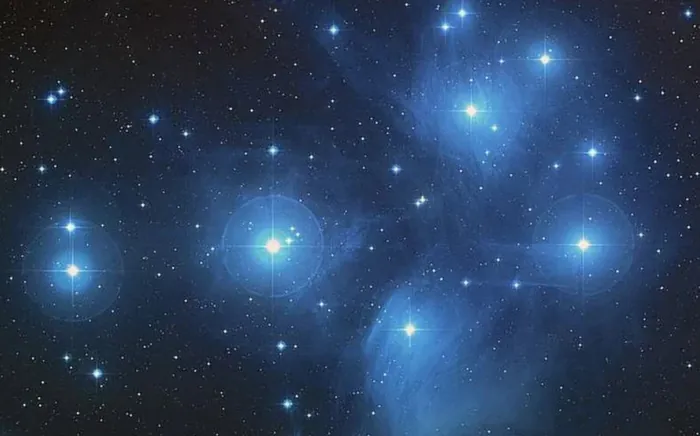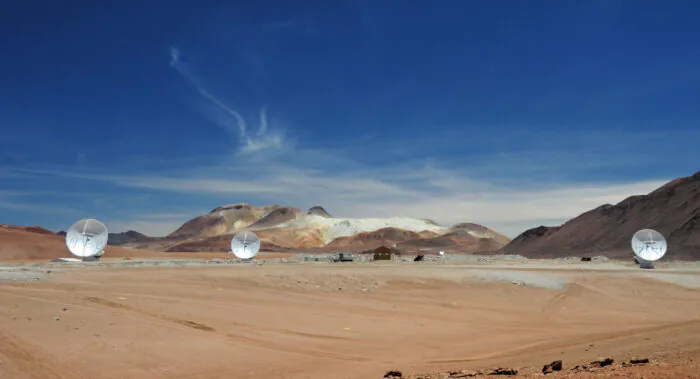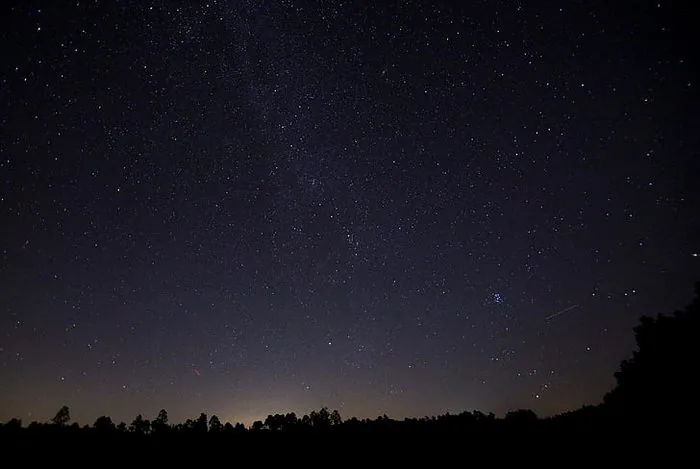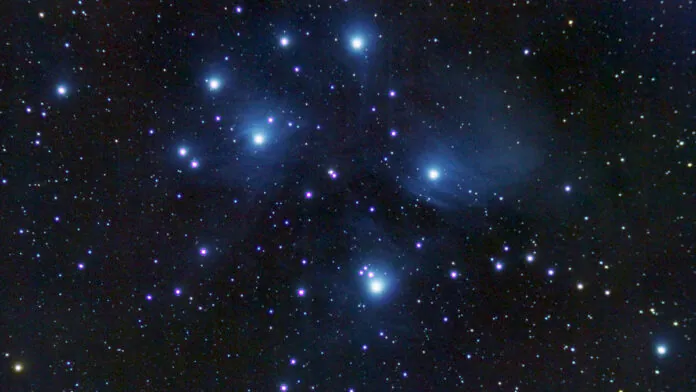© ROOT-NATION.com - Use of content is permitted with a backlink.
Look at the clear night sky in a dark place and the stars seem to twinkle. The correct answer to the question of why stars twinkle is that they, in fact, do not. The flickering process we see has nothing to do with the stars themselves. Rather, it is the result of how we see them in our view from Earth.
“Starlight travels a great distance to reach our eyes on a clear night,” said Ryan French, a solar physicist at University College London in the U.K. After our own star, the Sun, which has an average distance of 150 million km from Earth, the closest star to us is Proxima Centauri, which is more than 4 light-years from Earth. On the way to our eyes, this light from distant stars collides with the Earth’s atmosphere – a key factor in the effect of twinkle.
“As this point of light reaches the atmosphere, it passes through layers of wobbling air before reaching our eyes, causing it to twinkle,” French said.

So it’s Earth’s wobbling atmosphere that makes stars appear to twinkle. In space, high above the atmosphere, the stars do not twinkle at all (this is one of the reasons why the Hubble Space Telescope was sent into orbit: it could obtain clearer images of space without distorting the images by atmospheric turbulence).
Many factors affect how much a star shimmers. One of the variables is the place of the star in our field of view. “Stars will twinkle more if their starlight travels through more air before reaching our eyes,” French said. Weather also plays a role. “Humid nights will also cause the air to be thicker,” making stars appear to twinkle more.

These questions help astronomers navigate when they decide where to place the world’s largest and best telescopes. “Observatories are placed in high, dry places, to remove as much air between the star and telescope as possible,” French said.

Ideal locations include the dry Atacama Desert in Chile, as well as the volcanic peaks of Hawaii and the Spanish Canary Islands. These places are examples of places that astronomers refer to as good “seeing”. “Thick air, causing a lot of wobble or twinkle, is bad seeing, whereas dry, calm and thin air creates good seeing.”
When you look at the night sky, you may also notice that some stars change color when they twinkle. Sirius, the brightest star in the Earth’s night sky, is a classic example. “Starlight gets refracted [bent] by the atmosphere a little bit, which can cause it to change color,” French said. This effect is more noticeable with brighter stars.

You may also notice a few “stars” that do not twinkle at all. This is because they are actually planets. “Unlike stars, planets are not point sources in the sky, but have width,” French said. “This is because they are far closer to us.” In other words, they are too big in the night sky for the atmosphere to make them appear to twinkle.
You can also help Ukraine fight with Russian occupants via Savelife or via an official page of the National Bank of Ukraine.
Read also:


